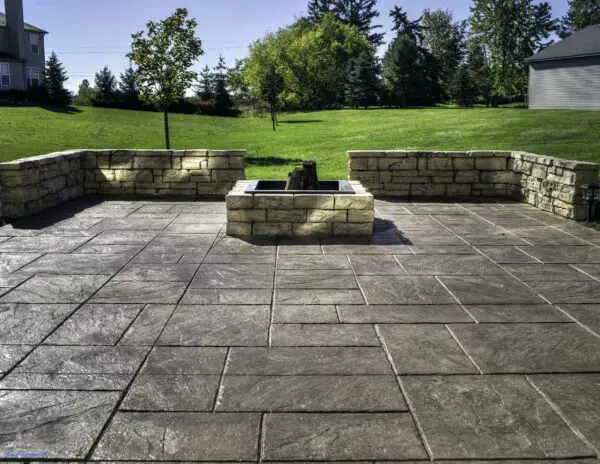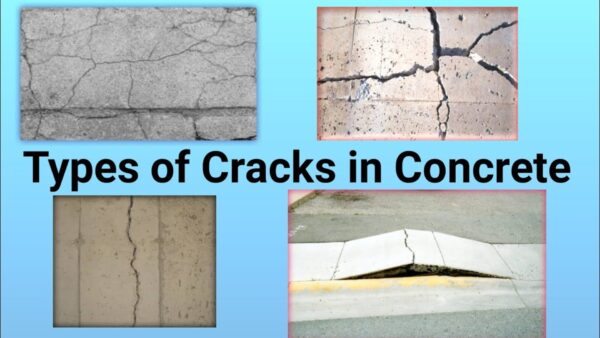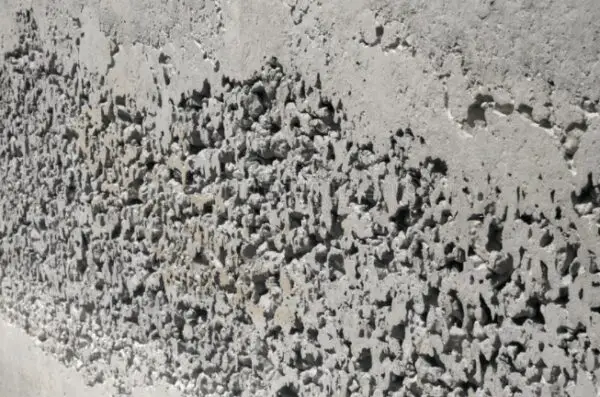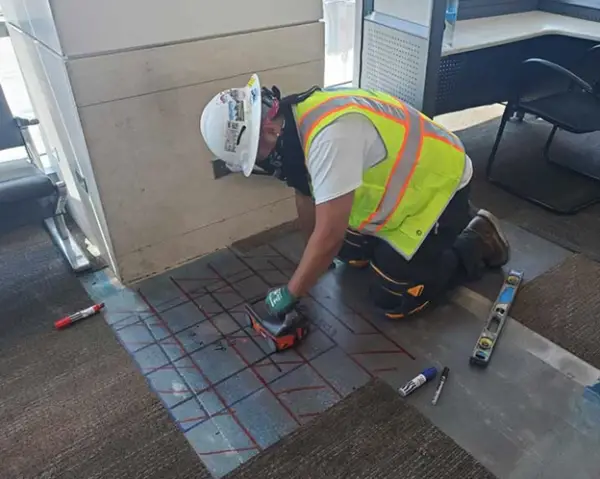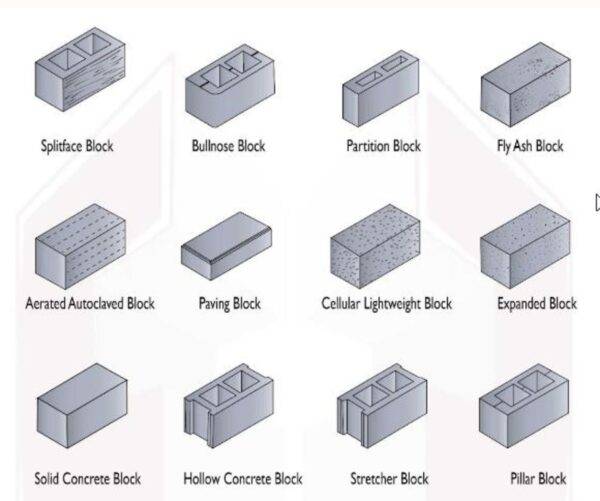Aggregates are one of the main components of concrete, along with cement and water. They are granular materials that occupy most of the volume of concrete and provide strength and stability to the mixture.
Aggregates can be natural, such as sand, gravel, and crushed stone, or artificial, such as slag, fly ash, and recycled concrete. The size, shape, and quality of aggregates affect the properties and performance of concrete in various ways.

Role of aggregates in concrete
The main functions of aggregates in concrete are:
- To give the concrete structure strength and durability.
- To reduce concrete’s hydration and temperature effects-related shrinkage and cracking.
- To make fresh concrete more workable and easier to pump.
- To reduce the expense and negative effects of concrete production on the environment.

Selection and Proportioning of aggregates
The selection and proportioning of aggregates in concrete depend on various factors such as:
- The qualities and capabilities of concrete that are desired for a particular application.
- The cost and accessibility of aggregates from various sources.
- The production and usage of aggregates and their effects on the environment.
- The ease of mixing and interacting with other concrete elements like cement, water, and chemical admixtures.
Related
FAQ – aggregates in Concrete
What are aggregates?
Aggregates are inert granular materials such as sand, gravel and crushed stone which are used in construction and other industries. They provide strength and durability to the structures.
What are different types of aggregates?
There are several types of aggregates which includes natural aggregates such as sand, gravel and crushed stone and artificial aggregates such as broken brick, air-cooled slag, sintered fly ash, and bloated clay.

